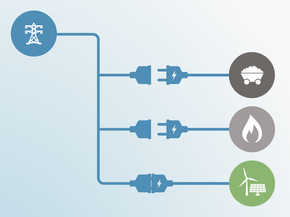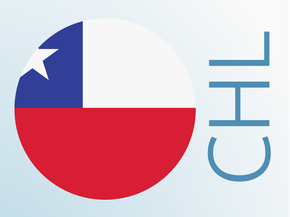Assumptions
Historical emissions
Historical emissions excl. LULUCF for the period 1990–2021 are taken from PRIMAP (Gütschow et al., 2022). LULUCF values up to 2000 were taken from Morocco’s First Biennial Update Report (Kingdom of Morocco, 2016b), while values after 2000 were taken from the Fourth National Communication submitted to the UNFCCC in 2021 (Kingdom of Morocco, 2022a).
NDC and other targets
LULUCF
Morocco’s NDC targets apply to all sectors. In the CAT, we exclude LULUCF from the NDC target calculations. As Morocco’s new pledge only provides economy-wide business-as-usual (BAU) values, we have taken BAU LULUCF values for 2030 from the Fourth National Communication submitted to the UNFCCC in 2021 (Kingdom of Morocco, 2022a), and deducted these from the economy-wide 2030 BAU scenario presented in the NDC. We have also excluded LULUCF-related mitigation measures from the long list of mitigation measures used to determine the mitigation target.
In this update, the CAT also excluded the LULUCF-related mitigation measures planned in the agricultural sector.
Current policy projections
Current policy projections are based on BAU emissions projections and the mitigation potential provided in the Third Biennial Update Report (Kingdom of Morocco, 2022b) and the Fourth National Communication (Kingdom of Morocco, 2022a). The BAU provided by Morocco only considers mitigation measures in place before 2010, which is used as the base year.
In the two documents mentioned above, Morocco has put forward a detailed list of mitigation measures it will implement to reach its 2030 target, separated into conditional and unconditional measures (i.e., measures to be achieved with and without international financial support). There is little information on their state of implementation. However, despite initial delays, Morocco is ramping up efforts to meet its ambitious renewable energy target. As such, we believe Morocco is still on track to meet its 2030 targets.
For the lower end of the current policy scenario, we start by determining the value for 2030, using the 2030 BAU minus the unconditional and conditional mitigation potentials. We then interpolate between 2021-2030, assuming Morocco could still catch up to reach the 2030 mitigation level (Morocco is already delayed on their mitigation trajectory in 2020-2021).
For the upper end of the current policy scenario, we use the same approach but deduct the unconditional mitigation potential only from the BAU trajectory. There are still uncertainties regarding the extent of climate finance Morocco will receive, and therefore the mitigation measures they will be able to put in place.
We also excluded the LULUCF related measures planned the in the agricultural in the current policies projection.
It should be noted that plans to ramp up gas and start offshore extraction are not taken into account in the policy projections. Additionally, it is unclear what impact lifetime extension of existing coal fired power plants will have on the CPP range, as there is no information on what is exactly taken into account in the BAU provided by Morocco.
Global Warming Potentials values
Morocco previously used Global Warming Potential (GWP) values from the IPCC Second Assessment Report (SAR). In the 2021 NDC and the other documents submitted to UNFCCC, GWP are communicated using the Fourth Assessment Report (AR4) values. The CAT reports all results using AR4 GWP.
Further analysis
Latest publications
Stay informed
Subscribe to our newsletter






